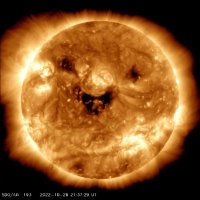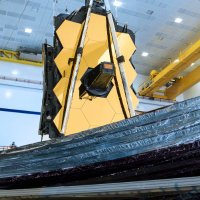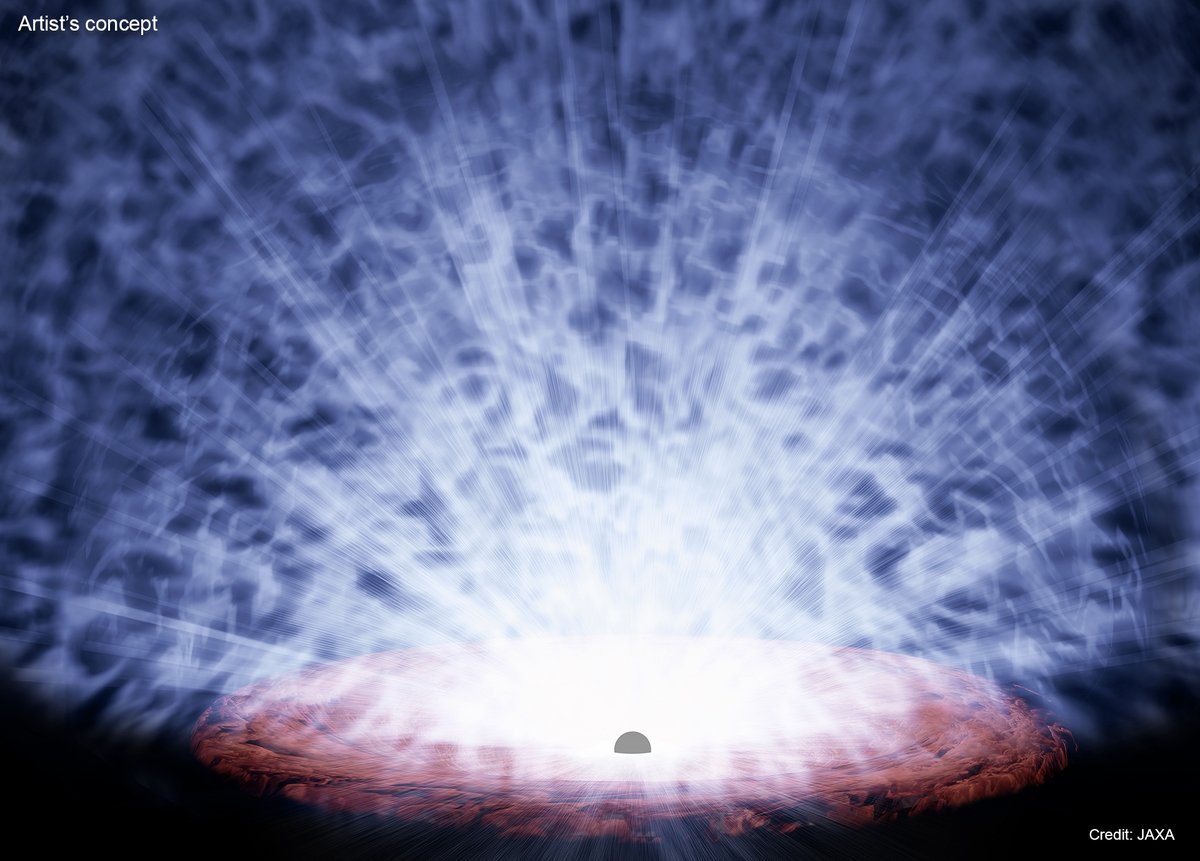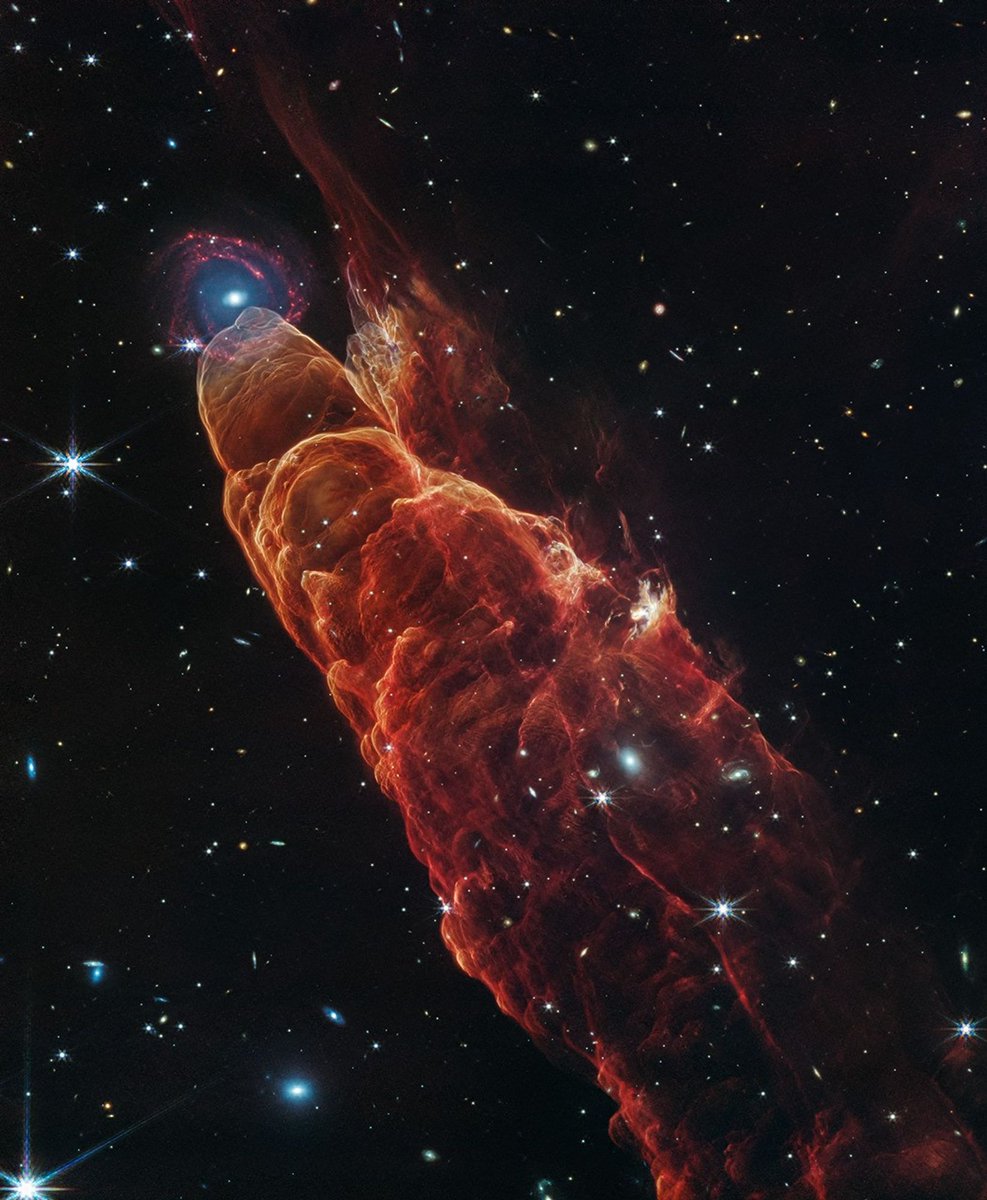
NASA Goddard
@nasagoddard
Welcome to your friendly neighborhood space flight center, home to the largest community of scientists & engineers on Earth.
Verification: nasa.gov/socialmedia
ID: 20060293
http://nasa.gov/goddard 04-02-2009 15:20:48
25,25K Tweet
941,941K Followers
169 Following









New research using XRISM, a partnership between JAXA(Japan Aerospace Exploration Agency) and NASA with @ESA participation, reveals that high-speed winds from supermassive black holes are clumpier and more energetic than expected, helping us learn how black holes and galaxies coevolved: xrism.jaxa.jp/en/topics/scie…




Twister: Space style! 🌪️ 🌌 Meet Herbig-Haro 49/50 (HH 49/50), nicknamed the “Cosmic Tornado” for its helical appearance. NASA Webb Telescope’s infrared mirrors captured this detailed view of HH 49/50, which was produced by jets launched from a nearby, forming star. Outflows like HH











